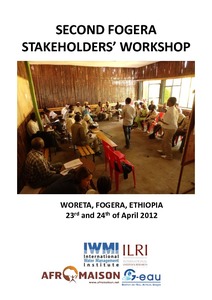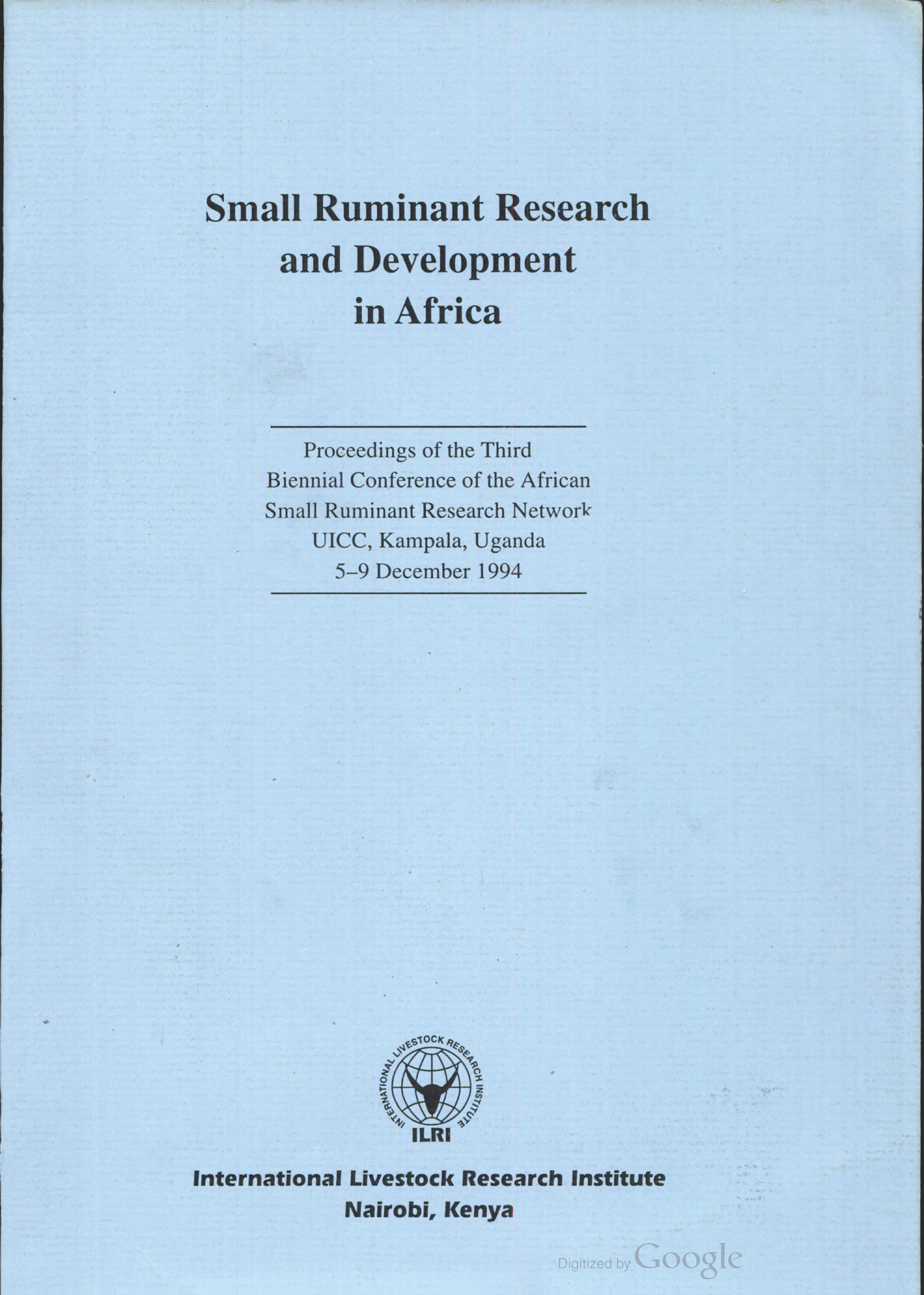Screening for intra and inter specific variability for salinity tolerance in pigeonpea (Cajanus cajan) and its related wild species
Second Fogera stakeholders’ workshop
Sensitivity and uncertainty propagation in coupled models for assessing smallholder farmer food security in the Olifants River Basins, South Africa
Using family balance (i.e., combined net farm and non-farm incomes less family expenses), an output from an integrated model, which couples water resource, agronomic and socio-economic models, its sensitivity and uncertainty are evaluated for five smallholder farming groups (AeE) in the Olifants Basin. The crop management practiced included conventional rainfed, untied ridges, planting basins and supplemental irrigation.
Sequential cropping of Vertisols in the Ethiopian highlands using a broadbed-and-furrow system
Investigates the effects of improved surface drainage on the productivity of Vertisols in a wheat-and-chickpea cropping trial conducted in 1987 at ILCA;s Debre Zeit research site in the Ethiopian highlands. Chickpea plots were subjected to four irrigation treatments, viz, no irrigation, irrigation at planting, 35 days and 70 days after planting. The trial showed that with a starter irrigation to aid the germination of a second crop, sequential cropping of two crops in the same growing season is feasible in the Debre Zeit.
Sistemas de producción agropecuarios sostenibles para los Llanos Orientales y la región Amazónica Colombiana: informe técnico 1995
Shallow groundwater irrigation in White Volta Basin: Current status, livelihood contributions, and up-scaling potential
Small ruminant management practices and control of helminthosis under traditional production systems in the cool Ethiopian highlands
Formulation of cost-effective preventive control programmes for helminth infection in small ruminants should be based on sound epidemiological knowledge of the time relationship between contamination of pastures and the seasonal availability of infective larvae in a given geographic area. Epidemiological data generated from an on-station experiment involving the use of tracer lambs and monitoring of pasture contamination levels in the central Ethiopian highlands clearly showed a distinct seasonal pattern of nematode infection in sheep.









